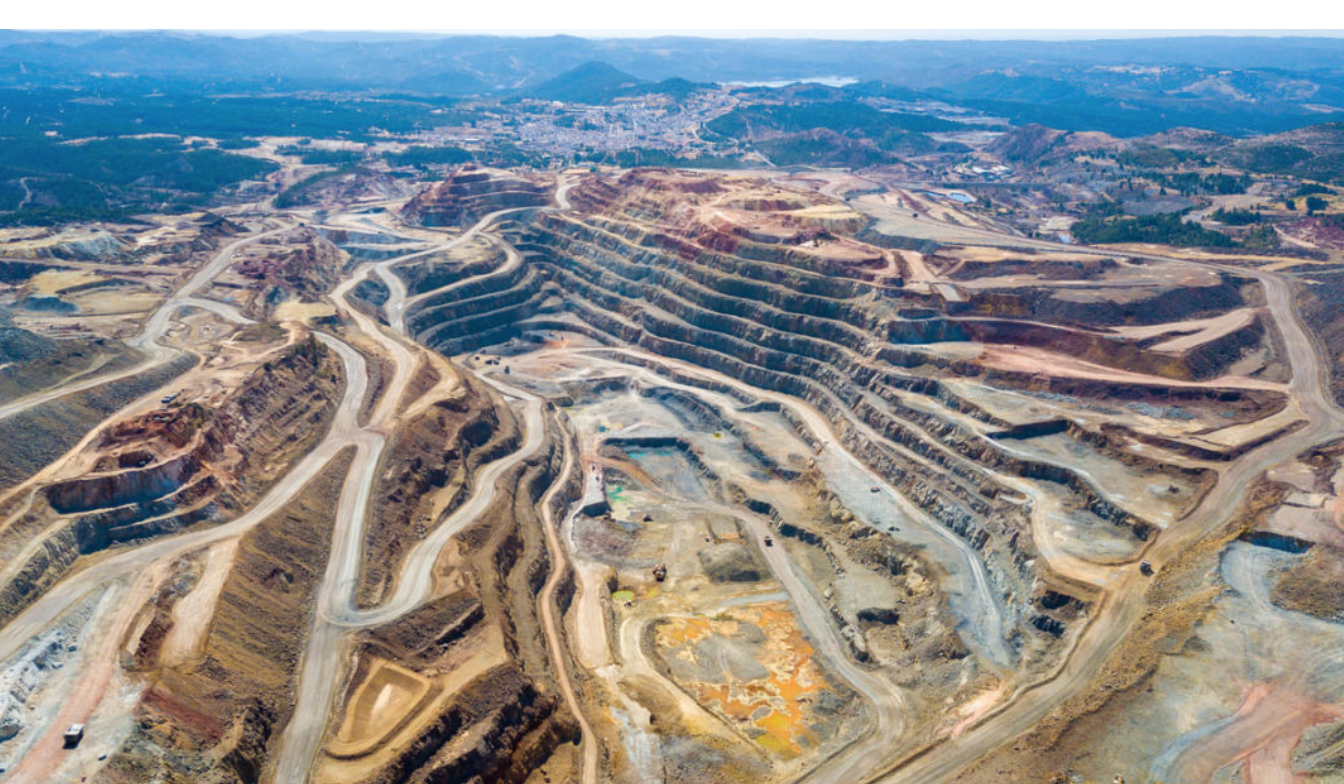We live in a time of crisis and uncertainty. It would seem that the organization of life and the representation of the future, as we imagine it, are being challenged by global dynamics that transcend our understanding and drag us towards unimagined and even dystopian situations. The appearance, more than two years ago, of a virus of presumed zoonotic origin – an infectious disease transmissible from vertebrate animals to humans – such as COVID-19 is proof of this process. Since then, our lives have been totally disrupted. The same could be said of anthropogenic climate change, which is that comes from humans and has impacts on nature.
Although the scientific community has been pronouncing about the subject for more than 30 years, the evidence of a sustained increase in temperature and global warming future projections are becoming more convincing every day, as confirmed by the Sixth Assessment Report of the Intergovernmental Panel on Climate Change (IPCC) between 2021 and 2022.
COVID-19 and climate change have several points in common. Both are global in scale and local in impact, no country can tackle them in isolation, and addressing their complexity requires the inclusion of different types of knowledge and experience through transdisciplinary approaches.
In this sense, COVID-19 and climate change, far from being strictly scientific issues, are political and social problems. Therefore, they challenge us to think about the multiple aspects involved, from production and consumption patterns, the perception of risk and its ethical-political aspects, the current and desirable development models of society, to the links that human beings establish with nature.
Changes in ecosystems and the emergence of new viruses
This last aspect is crucial and is becoming increasingly relevant in scientific debates, the media, and civil society. Indeed, a study recently published in the journal Nature suggests that abrupt changes in ecosystems and the destruction of habitats, plus the high temperatures that will occur in the future, may generate an ideal environment for the emergence of a “network of new viruses” and the transmission of diseases with the potential to affect humans.
The study highlights that the migration of wild species due to the loss of natural habitats and anthropogenic climate change could generate the conditions for viral exchange between species that have not had previous contact, which would facilitate zoonotic contagion.
Along the same lines, other studies have postulated that COVID-19, as a zoonotic virus, could be classified as a disease of the Anthropocene, the product of complex processes involving the extinction of species and loss of biodiversity, deforestation, and changes in land use for arable land and intensive livestock production, and the alterations that these processes entail for human and planetary health.
In Latin America, for example, illegal deforestation rates have continued to grow in both the Amazon region and the Argentine Chaco. In the latter case, between 2000 and 2019, 5 million hectares have been deforested, 40% of which was illegal and resulted in the loss of native forest.
This and other symptoms of our time would indicate that we have entered the “Anthropocene”, a new geological epoch in which human beings have become a force of global and planetary transformation.
The Anthropocene: the irruption of humankind as a geological force
If there is one thing that is certain, it is that changes in the world have accelerated uncontrollably. Human intervention on the planet has been of such magnitude that scientists, on an international scale, are discussing our possible entry into a new geological epoch in the Earth’s history, which they have called the Anthropocene.
Coined by Nobel laureate in chemistry, Paul Crutzen, and biologist Eugene Stoermer in 2000, the concept accounts for the dominance of humans on the face of the Earth, so that they have ceased to be merely biological agents and have become geological agents with the capacity for global stratigraphic transformation.
In a seminal article, Crutzen proposes the beginning of the Anthropocene with the industrial revolution and the change in the energy matrix towards a fossil economy at the end of the 18th century. This first article was so influential in scientific circles that in 2009 the Anthropocene Working Group (AGW) was created, under the International Union of Geological Sciences, with the aim of searching for stratigraphic evidence, possible markers and periodization in the geological record.
This working group has already submitted a formal proposal, but it has not yet been endorsed by geological experts. However, regardless of whether it is accepted or not, discussions on the Anthropocene have taken on unusual relevance both within the field of geology and in the environmental humanities, arts, and the media.
Taking up discussions on the possible beginnings of the Anthropocene, a group of scientists from the Stockholm University Resilience Center, led by Will Steffen, have shown how certain socioeconomic and Earth system parameters have had exponential growth since 1950 with the so-called “Great Acceleration“.
Indeed, socioeconomic parameters such as increased production and consumption, increased energy use, population growth and migration to cities, increased water use, and even telecommunications and tourism have expanded sharply since 1950. These trends are reflected in the dynamics of the Earth System through the increment in greenhouse gases (GHG) (carbon dioxide, methane), the rise of the Earth’s temperature, the loss of tropical forests, and the degradation of the terrestrial biosphere. Furthermore, after 1954, nuclear weapons tests are also a possible marker of the Holocene epoch end and the socio-environmental conditions that allowed the development of humanity as we know it.
The “Anthropos” responsibility
Discussions on the Anthropocene are multiple both from the geological field and from the social and human sciences that problematize the responsibility of this “Anthropos”. Is it possible to speak of the human species as the creator of the current environmental and ecological crisis conditions, or should we speak of an economic system, an ideology, fostered by the capitalist system of production and consumption?
As with anthropogenic climate change, we cannot attribute the same responsibility for this crisis to sustainable communities living in harmony with nature as to certain socioeconomic sectors that plunder it to generate greater profitability. For this reason, it has been proposed to call this epoch the Capitalocene.
The complexity of naming this current epoch has led to important terminological debates. In this sense, the Occidentalocene has been proposed, highlighting the responsibility of Western countries for the current situation; the Technocene, which emphasizes technology, and even the Plantatiocene, a concept that shows the responsibility of intensive forms of production and monocultures in social and environmental transformations.
As an idea to think about, the Anthropocene has become a nucleus of inter, and transdisciplinary debate on how human beings cohabit with other species on the planet, and fundamentally their interdependence. So, in light of the major crossroads we are experiencing with climate change and COVID-19 as symbols and symptoms of this current epoch, we need strategies for collective action.
We can no longer expect solutions to come only from the techno-scientific spheres. We need to include civil society in both debates and action to rethink together the current and desirable development models of society, and reconnection with the terrestrial ecosystem of which we are a part.
Translated from Spanish by Janaína Ruviaro da Silva













